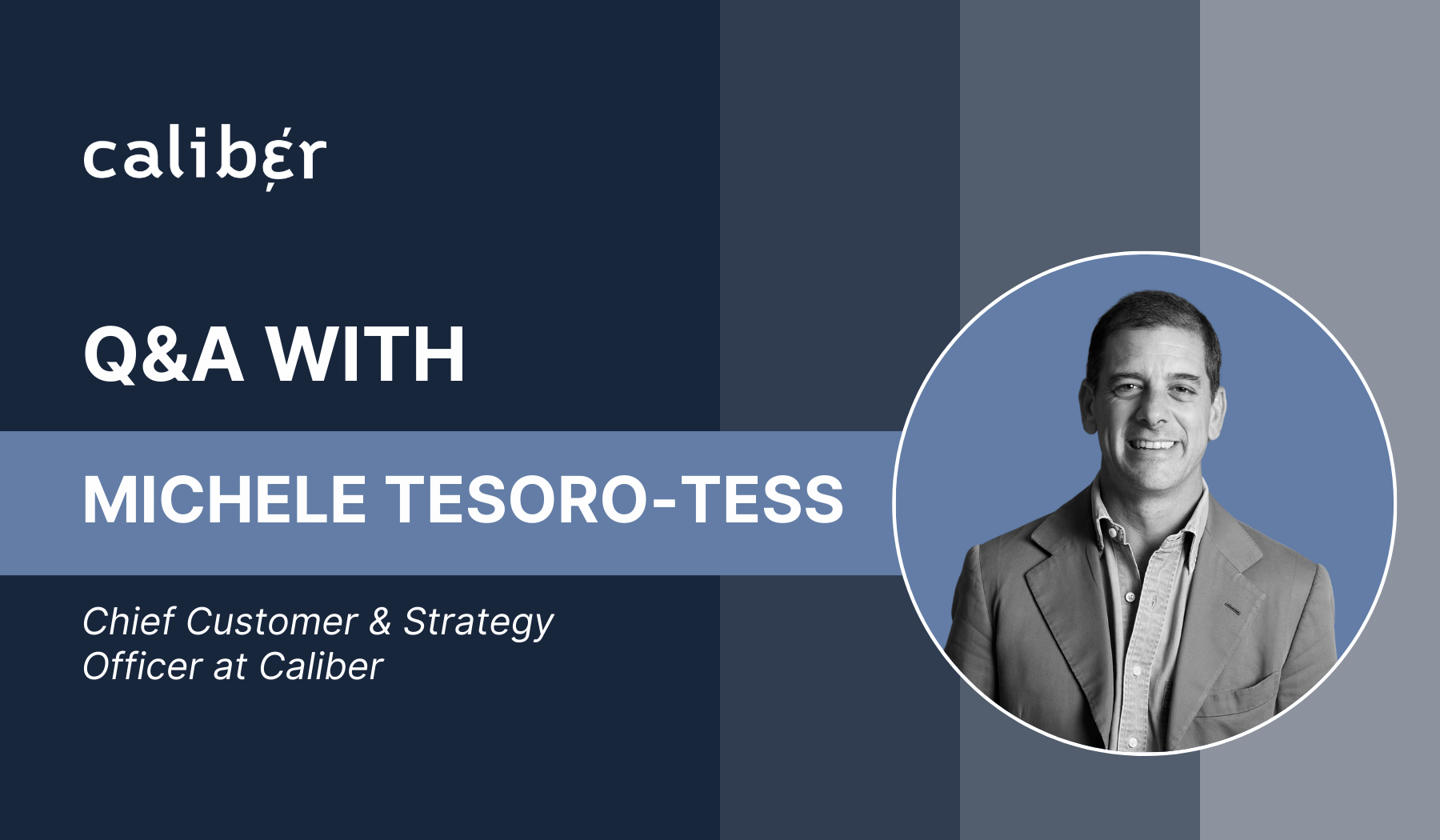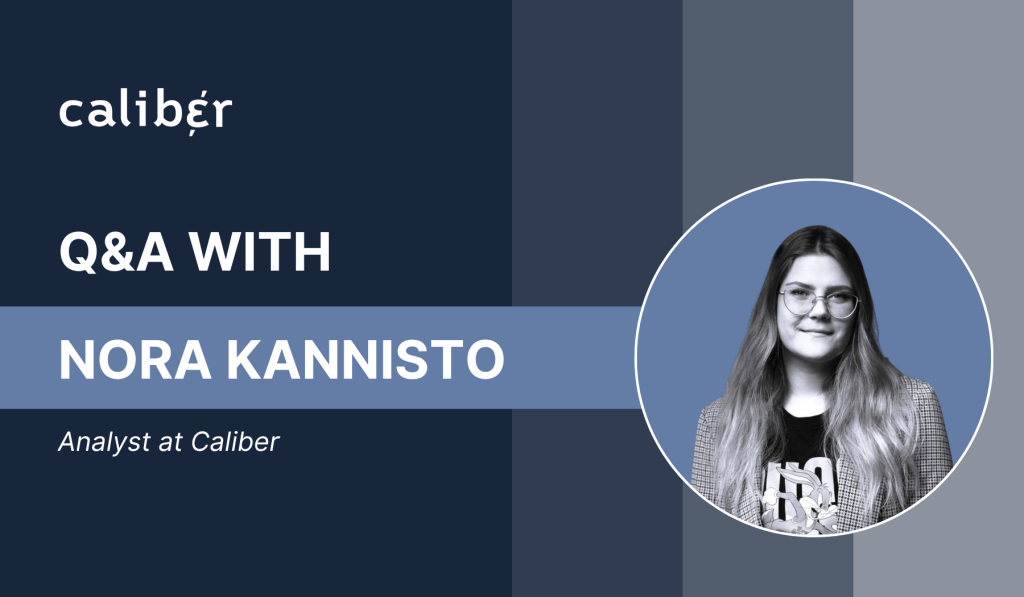

As an Analyst at Caliber, Nora sits at the intersection of data, research, and decision-making. With a background spanning education, international development, and corporate communications, she brings a unique perspective on how analytics can illuminate what truly matters — and help organizations make more responsible choices.
Good professors at university. I found a love for quantitative research during my studies that only grew stronger when I saw how it can be used to solve concrete issues in the mentioned fields.
It always begins with listening and understanding the specific challenge the client wants to solve. From there, I look for patterns and outliers in the data: what moves together, what stands apart. The story usually emerges naturally. When something stands out, it sparks questions that uncover new insights.
The power of visualisation is often overlooked. The way data is presented can dramatically shape the audience’s interpretation and the conclusions they draw, so choosing the right graphs and even minor design changes can be quite crucial at the end.
One recurring insight is that trade-specific events often have less impact on the general public than expected. When a topic dominates the conversations around us, we get immersed in it, and it can feel like the defining issue of the moment.
But the data often shows that some issues mostly matter to certain groups or only get brought up in certain channels, while the wider public remains largely unaffected.
In a way, these are happy insights since they help the clients decide where their resources are best spent. In fact, I’ve seen this kind of analysis save clients from investing in full-scale responses to issues that turned out to have very limited scope.
It helps to keep things balanced. Reputation data usually comprises positive, negative, and neutral conclusions. The dramatic changes can be eye-catching, but it’s just as important for teams to know where they’ve maintained steady performance, especially in challenging times.
The mechanics of data analysis are similar across sectors, but the cross-field experience has broadened my perspective. It helps me avoid getting stuck in the “usual” ways of looking at things and encourages me to test a wider range of hypotheses. I hope this means I can bring fresh perspectives to the team.
Experience from teaching is very useful in presenting and visualising data and understanding how to adjust the message to different audiences.
Constantly evolving and developing the visualisation, explanation, and details of analyses based on client feedback is key. I try to reflect on the questions and discussions after each presentation to see if there is something we can optimise further. Naturally, I’m a fan of a debrief session after big meetings and presentations.
Increased polarisation on different issues has become a key topic of interest for me, and I also find it very relevant for many different projects. It’s both a worrying social trend as well as an interesting statistical dilemma, since it’s not always obvious how it would be reflected in reputation data.
I’d like to regurgitate the best advice I’ve gotten: Ask a lot of questions.